Since 2018 University of Toronto Masters student Diana Wei Dai has been the creative director and co-founder of the annual ‘Trashion’ show. With a mission to decolonize and increase sustainability within the fashion industry, the Trashion show is highlighting the importance of challenging the status quo of western fashion consumption. We spoke to Diana Wei Dai about her goals with the project and what she has learned over the past 4 years.
The Trashion show has been held annually since 2018. How and why was this project first initiated?
It started when I was a university student at U of T UTM. Specifically, I got into [sustainable fashion after I] watched a YouTube video about zero-waste lifestyles. That’s what inspired me to actually go into doing another major in environmental management. And then, while I was doing other things, I met a group of friends that are also really interested in zero waste, lifestyle, and sustainable fashion.
When we were doing events, and showcasing our club, I had a conversation with another club called Creatives For Change. I [spoke with Tala] the President of that club at the time. We were like, Oh, what if we collaborate and make a fashion show? That would be really cool, we can showcase the pieces that [we] make.
We reached out to the Student Union for help, and then we hosted our first trashion show ever. We wanted to showcase different designers in the university or around Toronto, who have a focus on sustainability in fashion, or make pieces, creative pieces out of materials, like plastic bags, or things that we consider trash, that cannot be upcycled. We want it to influence how people think about fashion. It’s not just something glamorous, something that most people can afford, but it can be creatively done, and it can be accessible.
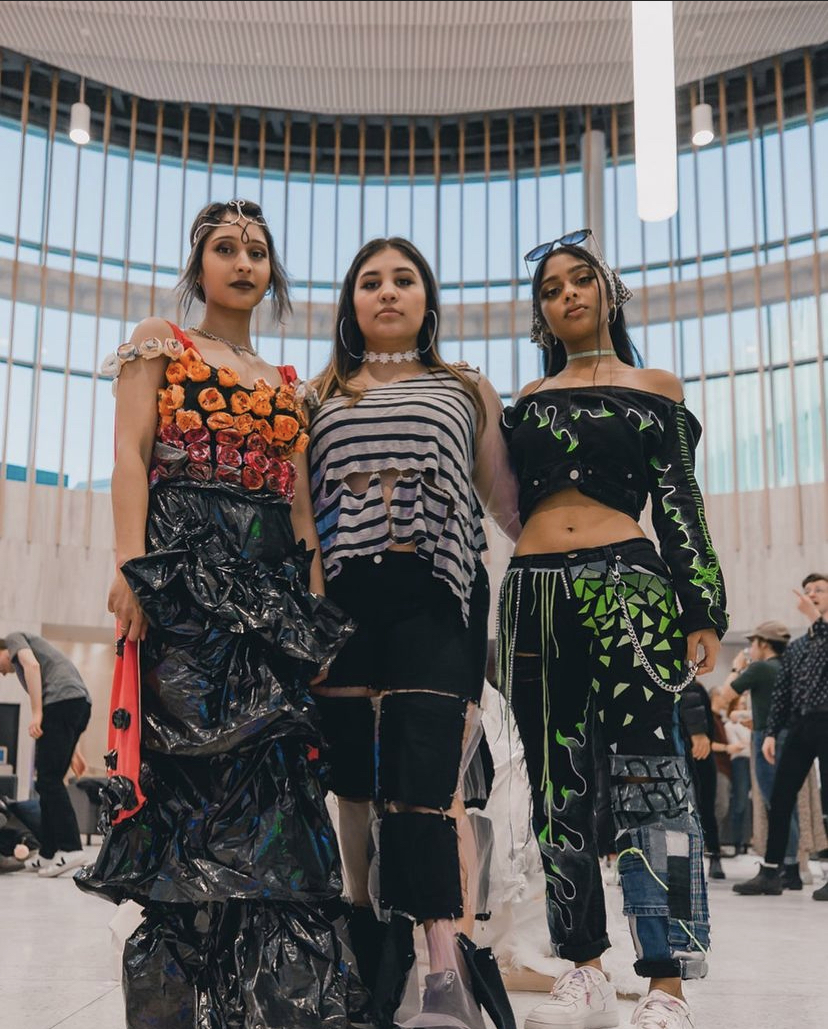
As the creative director for this years’ show, what themes and visuals are at the forefront of your mind?
This year’s [theme], came to my mind when I was trying to sleep in January. It was at 2 am in the morning, I woke up and I was like, Oh, my God, it should be called Anonymous, anonymous revolution.
Why? Because every revolution in history has a clear political agenda or their clear direction. But what is ignored or what is not being noticed is the revolution we have on a day-to-day basis where you’ll wake up and decide, I don’t want to do things differently today.
In a personal case, my parents asked me to get married before 30. But I don’t ever want to get married, and I want to have children. So it’s kind of like a revolution within yourself, and you’re trying to become something different than [how] you’re defined. This type of revolution is not recognized. But everybody is doing it. Everybody, every day, you’re doing something different, or you’re trying to learn new things. That’s a revolution against your old self. That’s why I call it the anonymous revolution because I want to recognize that work has been done anonymously by everyone on a daily basis.
[visually] I would tell designers, whatever you have, whatever you have on hand, be as creative as possible, you can do whatever you want. We want to mash all this all together. Kind of like the rave scene that happened in the late 80s and 90s, neon. By now, rave scenes happen in Toronto. Everyone’s fashion everywhere is so creative when you go to a rave, everyone is wearing all kinds of things, showcasing their personality, having self-expression, and that’s what’s inspiring about putting yourself in the environment where everyone comes together, but are all very different. I think that’s what we’re trying to pursue visually is that variety, diversity, and inclusiveness as well.
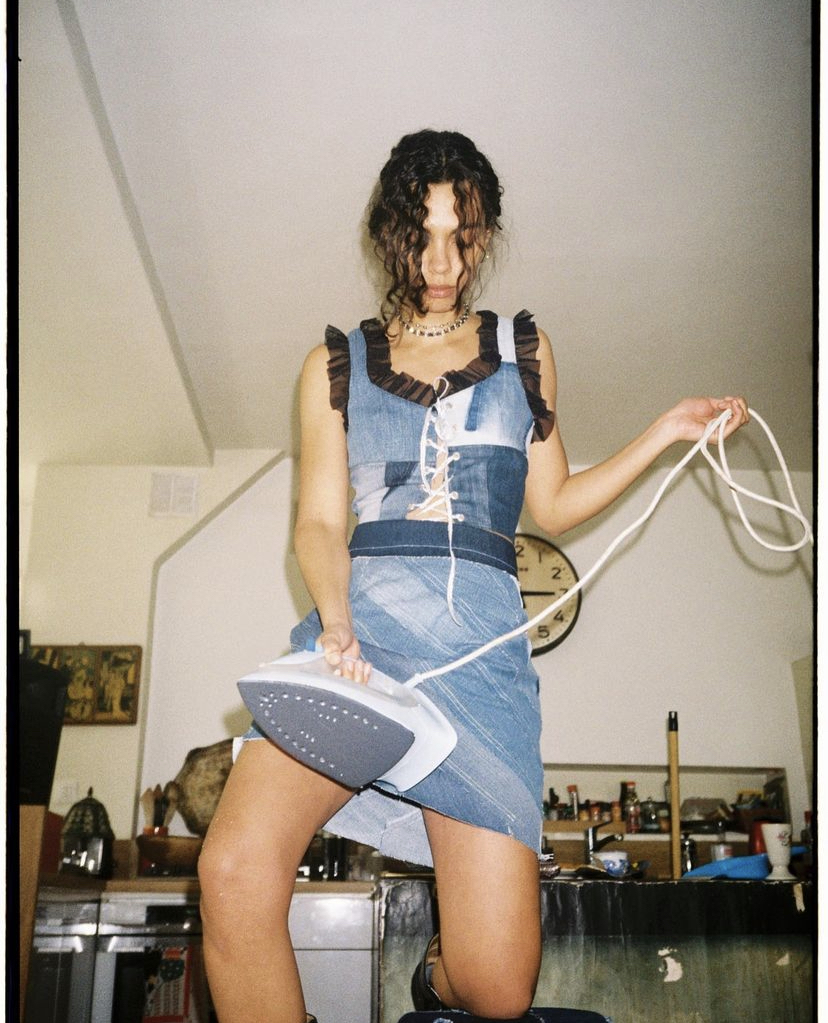
One of the stated goals of the trashion show is to connect people around the world to embark on their sustainable fashion journey together. How has this annual fashion show achieved this?
[The Trashion show] is open for everyone. Everyone should have an opportunity to have a platform to be showcased. We want to support local businesses. I think that’s a part of sustainability as well, where you are supporting your community and not just within the community, not within the university, but where the university is situated.
In 2020, we actually got eight or seven designers. […] The 2021 show was different because it was during COVID, and we did a virtual show. We were really sad that we couldn’t host the show in person but what was good was that because it was online, we could actually reach out to different designers around the world. Some [designers] from Paris participated. One designer from Belgium and one designer from the Czech Republic and some designers from Toronto participated. It was really cool to see different designers from around the world and they were really enthusiastic about it.
We put together a short video for the show and we premiered it at the Zoom event where everybody watched it together, and we had the designers around the world join us for a conversation with the audience as well. So that was last year. This year, we’re actually pretty happy to get back into it, and have it in person. And we’re just contacting different designers in Toronto, and we’re really, really excited.
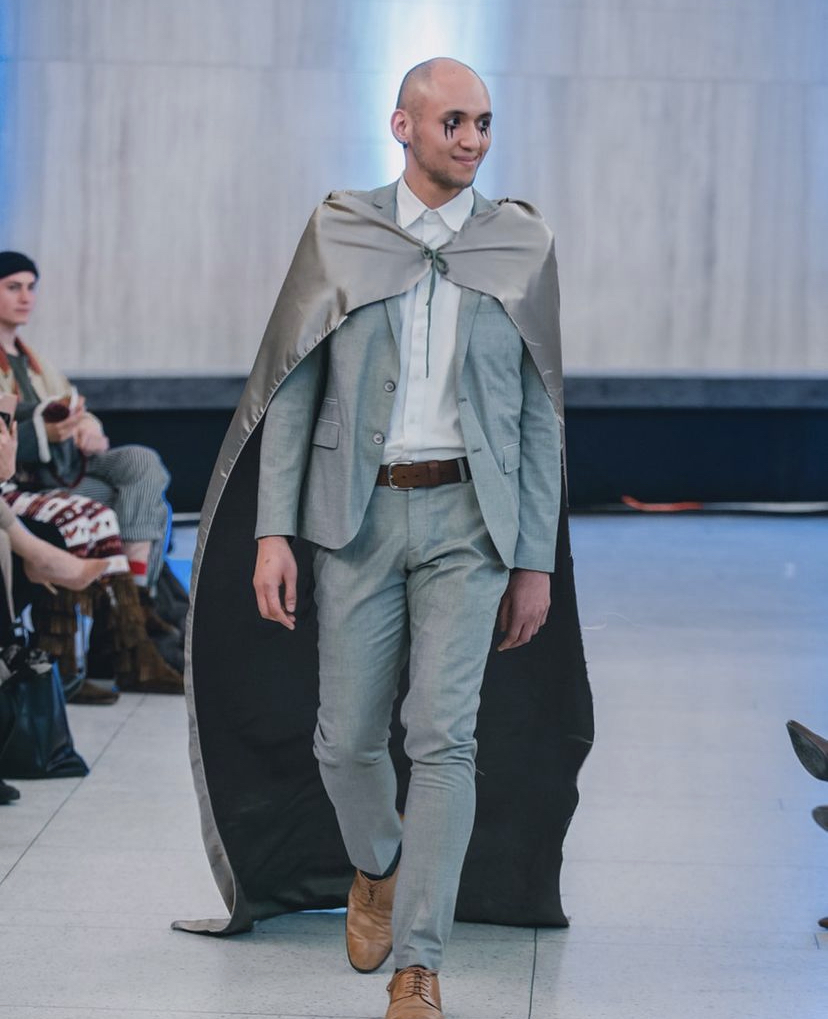
When you use the term sustainable in relation to fashion what does that word mean to you and the Trashion show team?
We’ve been talking about sustainability and fashion for the longest time. […] I think An important part of the production of sustainable fashion, is to fix the supply chains and make them more environmentally sustainable, but also there is a social aspect that people don’t realize.
A lot of the labour that is put in to make fast fashion [is from] women. 80% of that labour [force] are women and they’re underpaid. This is what hurts me because when something happens, that’s not sustainable. A lot of people who get hurt are women. Women’s labour and women’s bodies are being sold as commodities in this type of environment.
[I was in a] webinar and someone was saying, if you can look up ingredients in your food – where the food is coming from, whether it’s fair trade, or organic, you should be able to know about that about your clothes, where it’s produced, who produced it, and is it sustainable. It should be regulated so people know where their clothes come from, so they can protect some rights of those [making the clothes] as an aspect of social sustainability, to lift everyone up.
Sustainability is not just about recycling, and upcycling, but it’s about the culture shift. It’s also about why are we consuming? [In] trying to find out why we are consuming so much I’m reading this book right now Consumed by Aja Barber. She talks about the relationship between colonialism and fashion and why fashion is not sustainable is because it has a tight link with colonialism. My research paper, in my master’s degree, was called fashion and colonialism where I explored the similarities as the fast fashion system reflects colonial structure. It’s called surrogate colonialism, where you produce your goods in another country where labour is cheaper. It resembles the cotton trade [and] slavery. People say we live in a post-colonial era, but it still exists in our supply chain. That’s something in sustainability not enough people are talking about. It’s the root of the problem, rather than trying to fix the surface we should really fix, or change how we think about fashion. Why do we want to keep buying stuff, [how is] that [present] culturally? That’s what sustainability in fashion means to me and that’s what we are trying to convey at the show is this cultural shift.
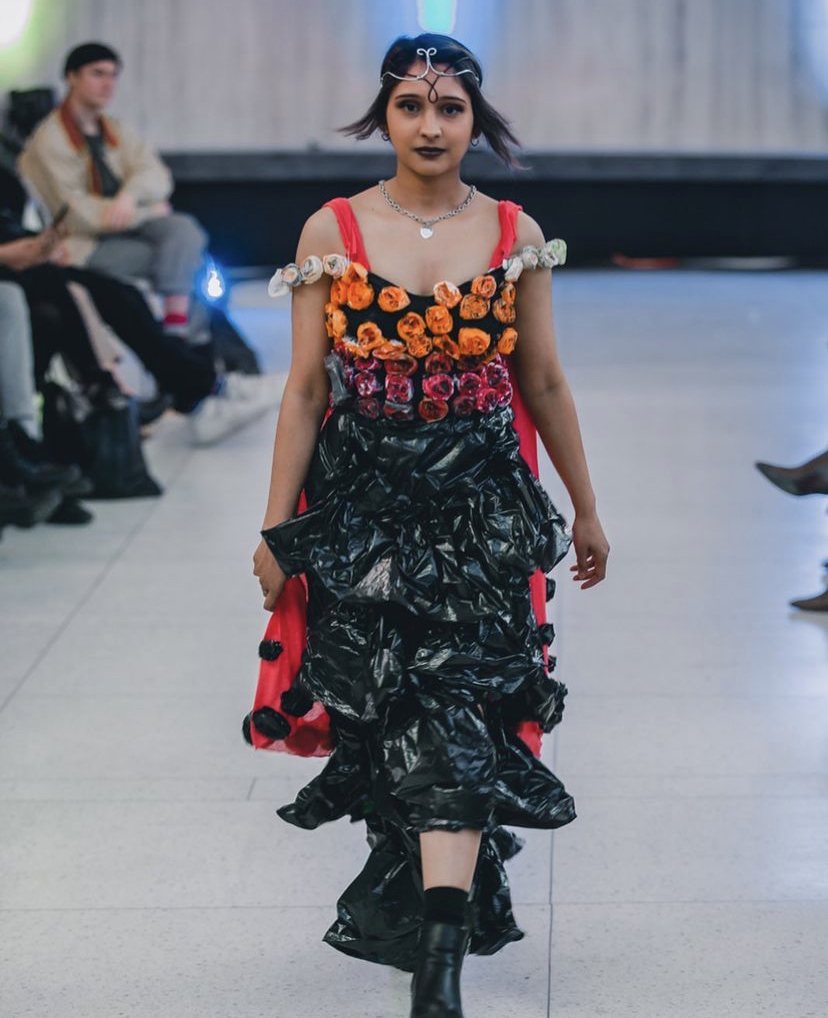
What role does creativity play in achieving greater sustainability?
Creativity is so important. You can tell people about the numbers of climate change all day but if you don’t present this data well enough it’s not easy for people to understand. Now not everyone is going to read a 30-page essay about why fashion is not sustainable but if you put [creativity] in a sustainable [project] and explore alternative ways of doing something and give it a positive outlook, I think it will be easier for people to connect [to that idea].
I always tell people that art is a language that everyone speaks. You don’t have to speak the same language but if you make a beautiful piece of garment out of something that’s [otherwise] going to be discarded everybody’s going to be impressed. No matter if you’re in Canada or if you’re in China, that’s something that we share – we make these connections through creativity and through creating things together.
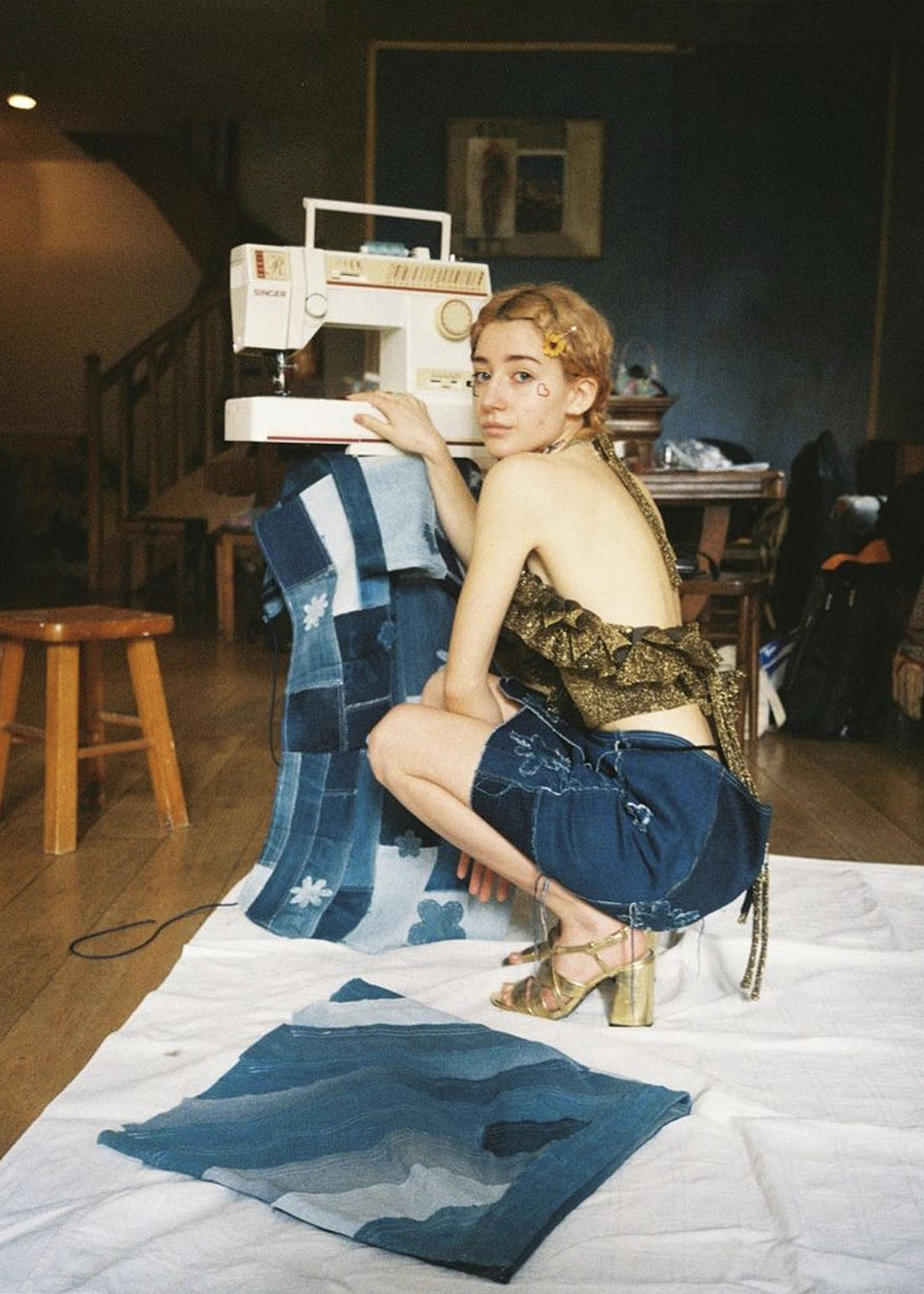
What excites you most about working on this project?
The people. I think the people I’m able to work with are extremely creative. The more I meet more people, the more I realize, oh, my god, everyone is so nice. Everyone so far has been just so supportive [of our project] and I think that’s one part of the excitement.
What’s really exciting about doing a show is you can put all these people from so many different areas of life, all together in the room, and they can all enjoy this space you created that’s inclusive and safe for conversation between young people. I’m also just excited about, growing. These projects are exhausting. I’m not gonna lie there are hard parts where I’m like, Oh, I can’t have fun and do this, and do I have the skills to do this? Then when you finally do it, you’re like, Oh, my God, I can actually do it. Sometimes I’m not sure about myself, but my team is so supportive, and I am excited to wake up every day. This is hard, but I think I’m gonna learn a lot from the process.
Kate is an Editorial Intern at liminul.
She is a writer, photographer, and graphic designer based in Montreal. Kate is currently in her final year of her B.A. at McGill University where she is double majoring in history and art history.
Follow her on Instagram

